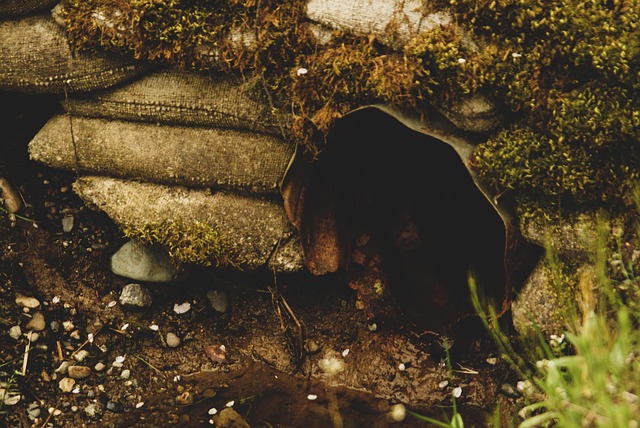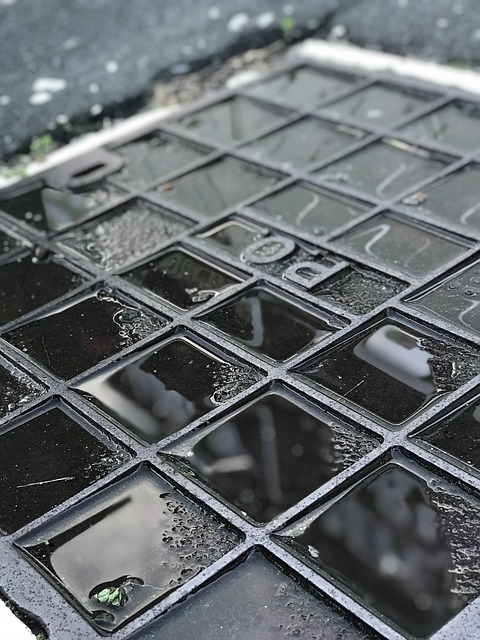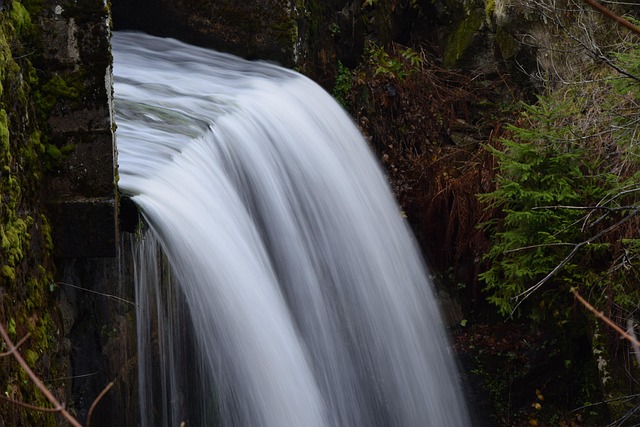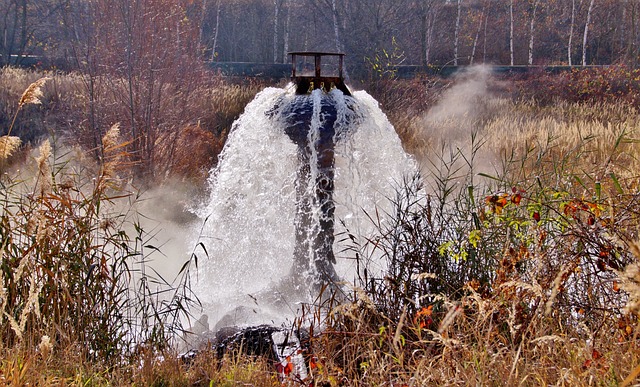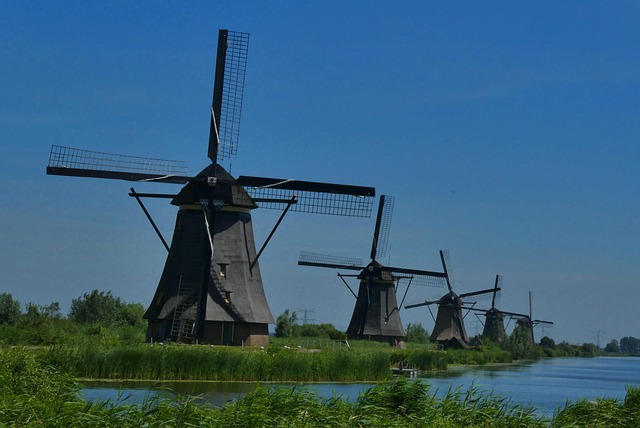French drain systems offer an efficient and aesthetically pleasing solution for managing heavy rainfall in Portland, OR. Choosing the right materials based on soil type, drain size, and desired flow rate is crucial for long-term performance. Installation involves assessing drainage needs, preparing the ground, selecting appropriate materials, connecting drains, backfilling, and adjusting grades. Regular maintenance, including cleaning, inspection, protection from extreme weather, and planting drought-resistant vegetation, ensures the French drain's longevity in managing water runoff and preventing soil erosion in Portland, OR homes.
“Enhance your Portland, OR, home’s drainage system with a top-tier French drain installation. This article guides you through the process, from understanding the benefits for your property and choosing the right materials, to a step-by-step installation process tailored for Portland’s unique conditions. Learn how proper maintenance ensures your French drain’s longevity, preventing water damage and improving your home’s overall value.”
- Understanding French Drain Systems: Benefits for Portland Homes
- Choosing the Right Material for Your French Drain Installation in Portland
- Step-by-Step Guide to Effective French Drain System Installation
- Maintenance and Care: Ensuring Longevity of Your Portland French Drain
Understanding French Drain Systems: Benefits for Portland Homes

French drain systems are an excellent solution for managing water drainage around your Portland, OR home. These innovative systems are designed to redirect excess water away from foundations and basement areas, preventing potential damage caused by moisture intrusion. By installing a French drain, homeowners can enjoy several benefits tailored to the specific challenges of the Pacific Northwest climate.
One of the key advantages is improved water management during heavy rainfall, a common occurrence in Portland. The system’s gradient design allows water to flow efficiently towards a designated outlet, keeping basements dry and reducing the risk of mold and mildew growth. This is particularly crucial for homes built on sloping lots or in areas prone to flooding. Additionally, French drains offer a more aesthetically pleasing alternative to traditional drainage methods, enhancing outdoor spaces without compromising functionality.
Choosing the Right Material for Your French Drain Installation in Portland
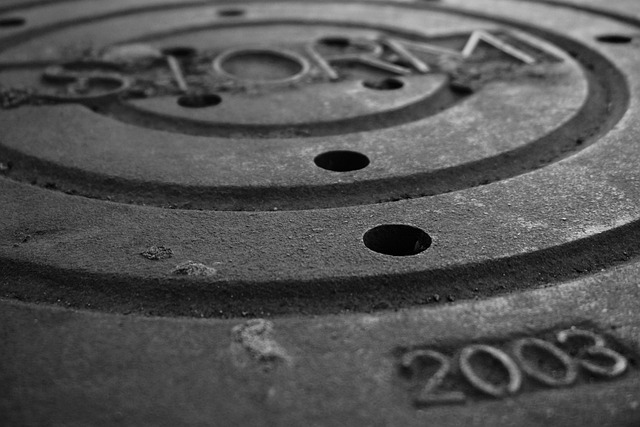
When it comes to choosing materials for your French drain installation in Portland, OR, selecting the right ones is key to a successful and long-lasting drainage system. The primary consideration is the type of soil in your yard, as this will determine the best material for the job. For instance, if you have heavy clay soil, plastic pipes with a smooth interior surface are ideal as they can navigate through such dense terrain efficiently. On the other hand, for looser, sandy soils, concrete or PVC pipes offer better support and durability to ensure water flows smoothly without clogging.
Additionally, consider the size of your drain and the desired flow rate. Larger drains require sturdier materials like concrete or stone to handle higher volumes of water. Stone, in particular, is an excellent choice for Portland’s unique landscape, providing both aesthetic appeal and long-term functionality. It can be easily incorporated into landscaping designs while effectively directing water away from your property, preventing erosion and potential damage caused by excess moisture.
Step-by-Step Guide to Effective French Drain System Installation

Installing a French drain system is an effective solution for managing excess water and preventing soil erosion in your Portland, OR, yard. Here’s a step-by-step guide to ensure a successful installation:
1. Assess Your Yard’s Drainage Needs: Start by identifying problem areas where water accumulation occurs. Visualize the flow of water across your property and determine the best locations for installing French drains. Consider factors like slope, existing drainage patterns, and vegetation that might interfere with water flow.
2. Prepare the Ground: Clear a path for your drain system, removing any grass, weeds, or debris. Loosen compacted soil using a garden fork or tiller to ensure optimal water absorption. Dig trenches following the intended route of the French drains, making sure they are deep enough (typically 1-2 feet) and wide enough to accommodate the pipe and gravel bed.
3. Choose the Right Materials: Select high-quality French drain pipes, typically made of PVC or polypropylene, in the appropriate size for your project. Fill the trenches with a layer of clean gravel, creating a bed that allows water to flow freely. Install the pipes, ensuring they are level and securely held in place by digging them slightly into the soil.
4. Connect the Drain System: Use couplers and fittings to connect the French drains, forming a continuous path for water flow. Make sure connections are tight to prevent leaks. Consider installing a catch basin or sump pump at the low point of the system to collect excess water and prevent it from overflowing.
5. Backfill and Grade Adjustments: Fill the trenches with soil, ensuring it is properly compacted around the pipes. Check that the ground surface remains level or slightly graded away from your foundation, allowing water to naturally flow towards the French drain system.
Maintenance and Care: Ensuring Longevity of Your Portland French Drain
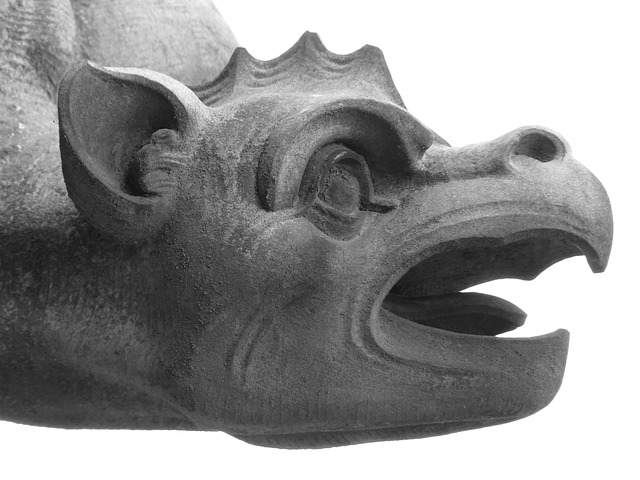
Proper maintenance is key to ensuring your Portland OR French Drain installation remains effective and long-lasting. Regular cleaning is essential, especially during the fall and winter months when debris like leaves, twigs, and ice can accumulate. Removing any blockages promptly prevents water buildup, which could lead to system damage or inefficient drainage. Additionally, inspecting the drain for cracks, erosion, or signs of damage is crucial. Addressing these issues early on through repairs or adjustments will prevent further complications.
Beyond routine upkeep, protecting your French drain from extreme weather conditions is vital. Installing a cover or barrier can shield it from heavy debris and ice accumulation during harsh winters. Additionally, consider planting drought-resistant vegetation around the drain to minimize erosion and soil displacement caused by water flow. With proper care and attention, your Portland OR French Drain will continue to effectively manage water runoff for years to come.
When it comes to effective drainage solutions in Portland, OR, a well-installed French drain system is an excellent choice. By understanding the benefits and following a detailed installation guide, homeowners can enhance their property’s value and protect against potential water damage. With proper maintenance, these systems ensure longevity, making them a reliable investment for any Portland resident. So, whether you’re tackling a DIY project or hiring professionals, investing in a quality French drain installation is key to keeping your home dry and comfortable all year round.
